I might as well start this post off with a HUGE thank you to Michelle Pearson for being such a wonderful host and tour guide during my visit to Perth. Michelle was ambassador extraordinaire while I was in town to teach a four-day class at her shop, Handcrafters House.
Michelle and my students expressed their appreciation to me for making the trip Down Under. I have to say, it is a haul. The first, 18 hour leg, went over the Arctic to Hong Kong—due to the length of summer days, it was daylight the entire time. I arrived in Hong Kong at sunset, so the second leg to Perth was dark the entire time.
Australians are known as world travelers, and they realize that it is a big commitment to be willing to put yourself through the hassle of air travel and jet lag and customs and so on and on.
When I finally arrived in Australia, Michelle was very adamant about keeping me so busy the first few days before class began that I wouldn’t have time to get tired or take a nap when my body was telling me it was the middle of the night.

Boy, did she do a good job of keeping me busy.
BUT, we’ll get to that later, because Tom reminds me that this blog is supposed to be about fabric collage quilting. So I’ll talk about the class first, then I’ll back up and cover the sightseeing. I have tons of photos and videos, so be prepared. If you want to skip the travel photos, I understand. But another thank you to Michelle for not only generously sharing her time with me, but her photos and videos as well.
Teaching
Handcrafters House has a really nice classroom space, with copious light. And of course, it’s always a treat to be working in a place that has such an extensive fabric selection, so if you forgot or need anything, it’s right there.

The photo above left, shows the pallet of fabric shapes that Jan Rowe cut for her chameleon, below, after making her initial fabric selection. I was honored when Jan told me she had been waiting 11 years to take a class from me—from my first visit to New Zealand in 2007, to a wait-list for my first Australia trip in 2016, and finally into this class. It was a pleasure to see her chameleon come to life after all that time.
Ric Blaquiere’s Spitz pup—seen on wall in photo below—got a floral make-over this week. Part of the class is to train your eyes to look at your fabric in a different way, to see lines or patterns that you can use for your image in a way not necessarily intended in the original fabric design. I was totally impressed when Ric found her dog’s teeth in butterfly wing spots—see photo above. I love it.
These students came from all over the state of Western Australia, which can mean many hours of travel since Western Australia is one third the size of the continental United States. One woman, Liz McAinsh, came all the way from South Africa to take the class. She had a grand time creating the larger-than-life laughing image of her friend (above).
When they weren’t taking their tea, I kept these ladies hard at work, or as they might say, they were “flat out like a lizard drinking”—one of my favorite Aussie sayings that I learned.
I definitely needed to be coached on Aussie pronunciation. I was able to amuse everyone at a staff dinner by my inability to say the word “no,” as an Australian does. You wouldn’t think that a two letter word could be so hard to wrap your tongue around.
They also had to coach me on how to the say the word “tulle.” In the sound clip below, Michelle gives me a lesson. When said at regular speaking speed, there’s a “ch” sound at the beginning, but when she slows it down, it sounds more like “tyule.”
Audio PlayerRegardless of the language barrier, by Day Four the fabric collages were coming together and looking “bloody awesome.” There was a nice variety of subject matter as you will see from the slideshow below.
Student Work Slideshow
The last day of class was Mother’s Day. I was happy to spend it with a whole group of women and mothers and all their wonderful energy. Michelle had put out flowers for everyone. And there was a surprise bouquet from my husband Tom and son Sam, waiting in the classroom that morning.
Sightseeing
The morning I arrived, Michelle whisked me of to the Botanic Gardens in Kings Park, where I saw a Boab (not Baobab) tree for first time. We also visited the Caversham Wildlife Park where I got to pat koalas and wombats and feed kangaroos. How cool is that? I found out that kangaroos have soft and gentle feet when they steady themselves to eat from your hands.
Kings Park Botanic Gardens Slideshow
Caversham Wildlife Park Slideshow
That day, Michelle started introducing me to Australian colloquialisms. As we were dropping my stuff off at the B&B, there was a murder of noisy, obnoxious crows about.
“Stone the bloody crows!” said Michelle.
The next morning, in my non-Aussie way, I remembered it as “throw a rock at the crows.” Michelle got a kick out of that one—hear it below.
Audio Player
Michelle loves doing Segway tours, and introduces as many tutors (as teachers are called in Australia) as she can to that mode of transportation. So on Day Two she got me out on one. She’s pretty coordinated—doing videos and even panorama shots while operating a Segway. Me, I finally got to point where I lifted both hands off the bars, for maybe three long seconds. But it was empowering for me in a small way: now there’s one more thing I know I can do in life. Via Segway I got to see different areas of Kings Park, which is one and a half times the size of Central Park in NYC. From our tour guide I learned a little more about the Boab of Australia. It’s an ancient tree existing since Australia and Africa were joined in the ancient super-continent called Gondwana. When the continents split apart, the Boab tree diverged from the Baobab tree of Africa.

After Segway-ing, lunching, and walking around Perth a bit, I was able to introduce Michelle to some street art I had read about, but she hadn’t known about, called the Wolf Street murals.
Segway Tour Slideshow
Downtown Perth Slideshow
Wolf Street Murals Slideshow
More Downtown Perth Slideshow
On day three (my last day of freedom before class), we drove south for a ferry ride to Penguin Island in the Shoalwater Islands Marine Park, to see the little (or blue, or fairy) penguins, the world’s smallest penguin. The penguin colony takes to the sea to feed during the day, but we could still see feeding time for a few orphaned and injured penguins that are being cared for. We then took a boat tour from the island and were treated to a mother dolphin and her six-week-old calf swimming next to the boat. Then we admired the endangered sea lions on Seal Island, the males were out and sparring on the island as others were playing in the wake of our boat. We also drifted past a pelican rookery. Once back on land, I dipped my toes in the Indian Ocean for the first time, and I got a video of a cute little bird called a Willy Wagtail, with a tail that, well, wags.
Penguin Island Slideshow
Every morning (before sightseeing or before class) I went for a walk around “my” Perth neighborhood, trying to see or hear as many birds as possible. One morning I saw rainbow lorikeets, magpies, twenty-eights (a type of parrot), galahs (a type of cockatoo), and also flocks of black cockatoos and white cockatoos (which are considered pests)—all of which you just don’t see back home in Maine, USA. While teaching in Perth, the area posted record-breaking warm temperatures during their autumn: 31 degrees C, or 80 plus degrees F.
Cheers!
Before flying to the east coast of Australia for the next leg of teaching, I had one more day in Perth. Michelle and I returned to Kings Park and saw a few of the other attractions there, and plantings of flora from around the country. I had seen photos of the beautiful aquamarine blue water of Western Australia, so we drove to the coast for lunch at Cottesloe Beach and dallied in the area long enough to see the sun set over the Indian Ocean. And what a beautiful sunset it was.
On the Beach Slideshow
On the way back that night, as Michelle was describing to me the many and varied uses of the word “bugger,” we missed a sign for a detour so we wound up “chucking a U-ey in the middle of bloody woop-woop.” Listen to Michelle’s description.
Audio PlayerAs mementos of my time in Perth, I returned home with a few kilos of Aussie fabrics from Michelle’s shop. Added to my previous stash, I figure I now probably have one of the best private collections of Australian Aboriginal fabrics in the Northern Hemisphere—or at least in Maine.




















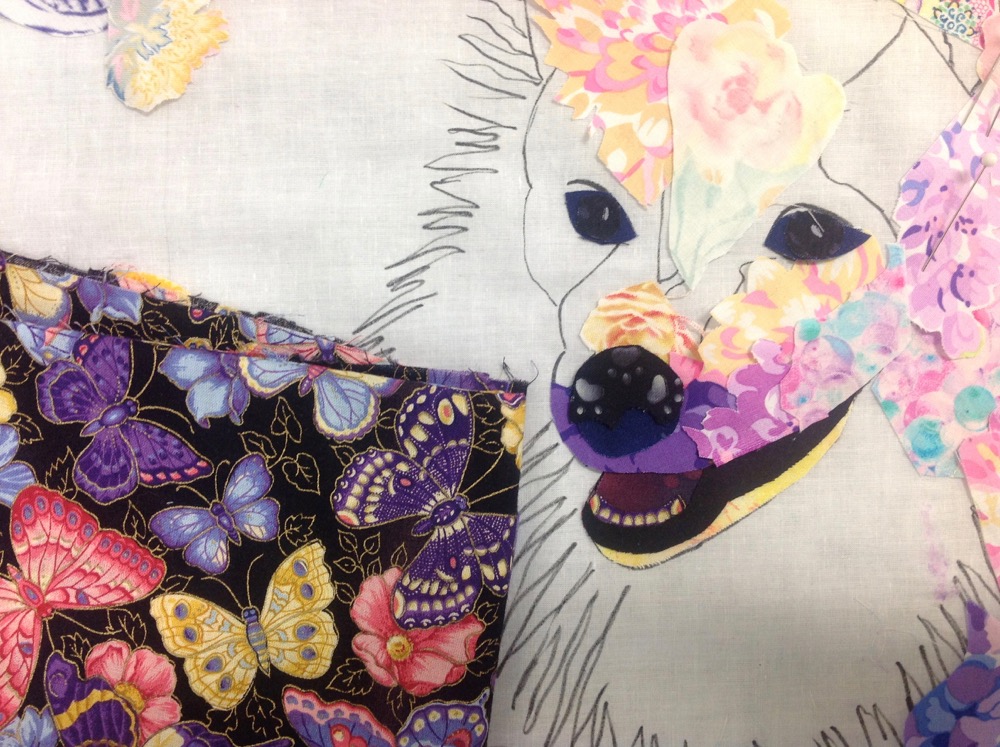





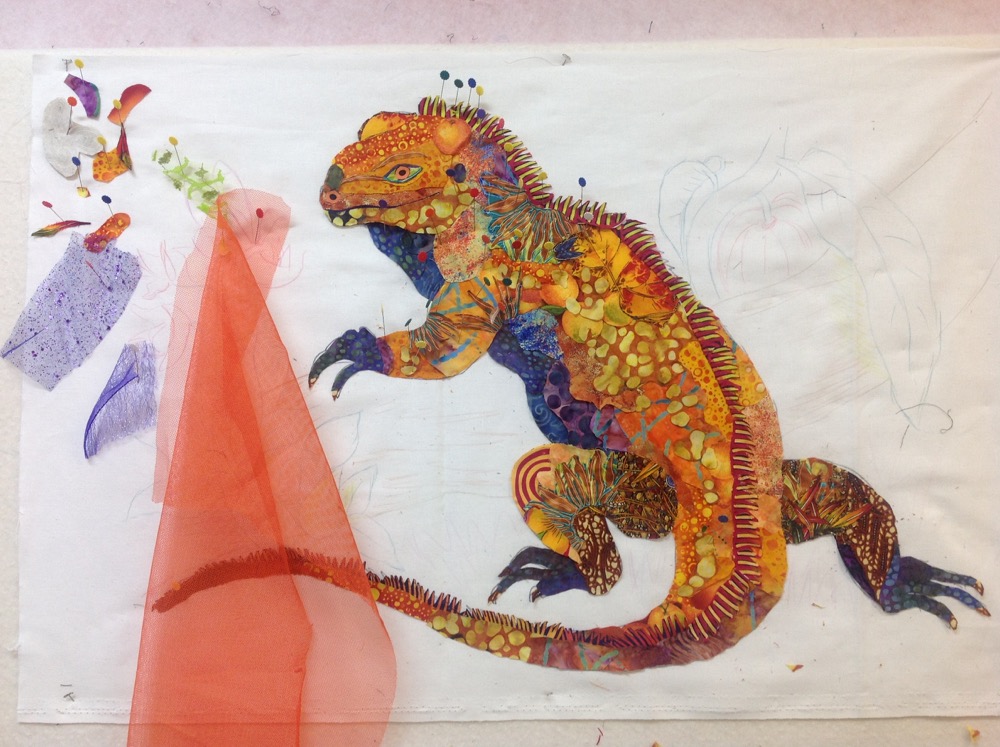












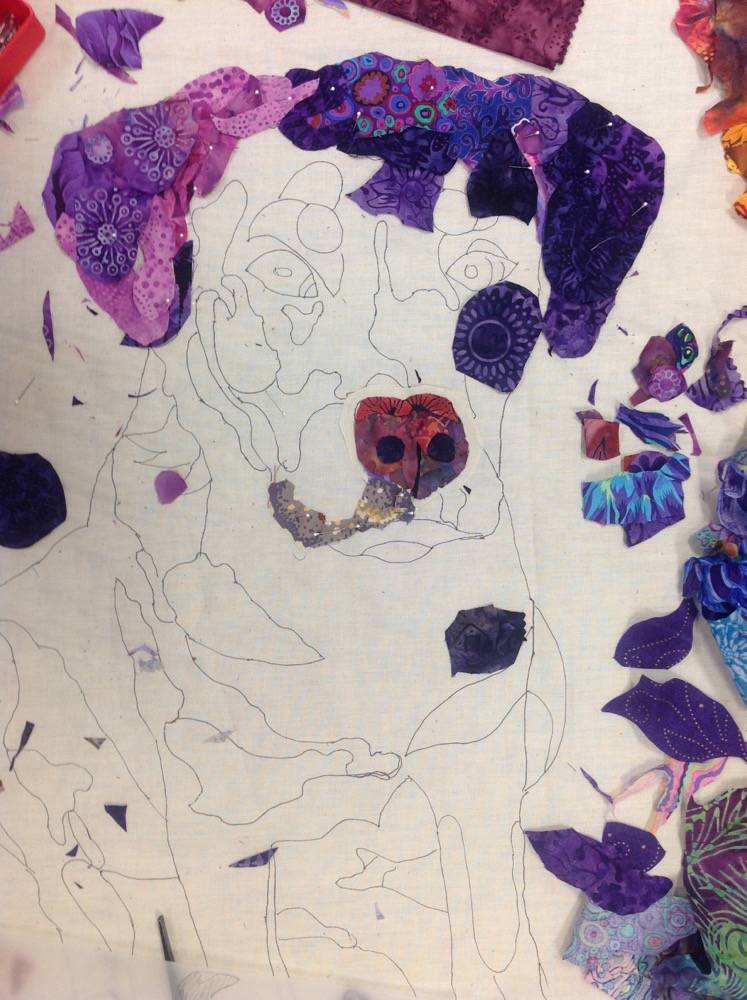















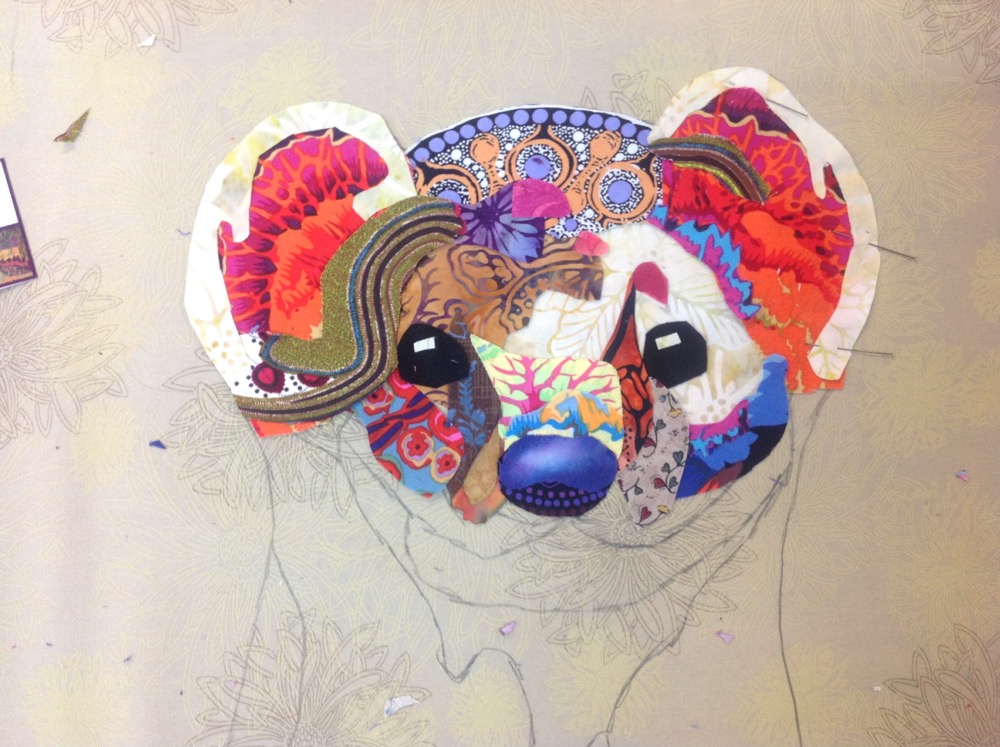











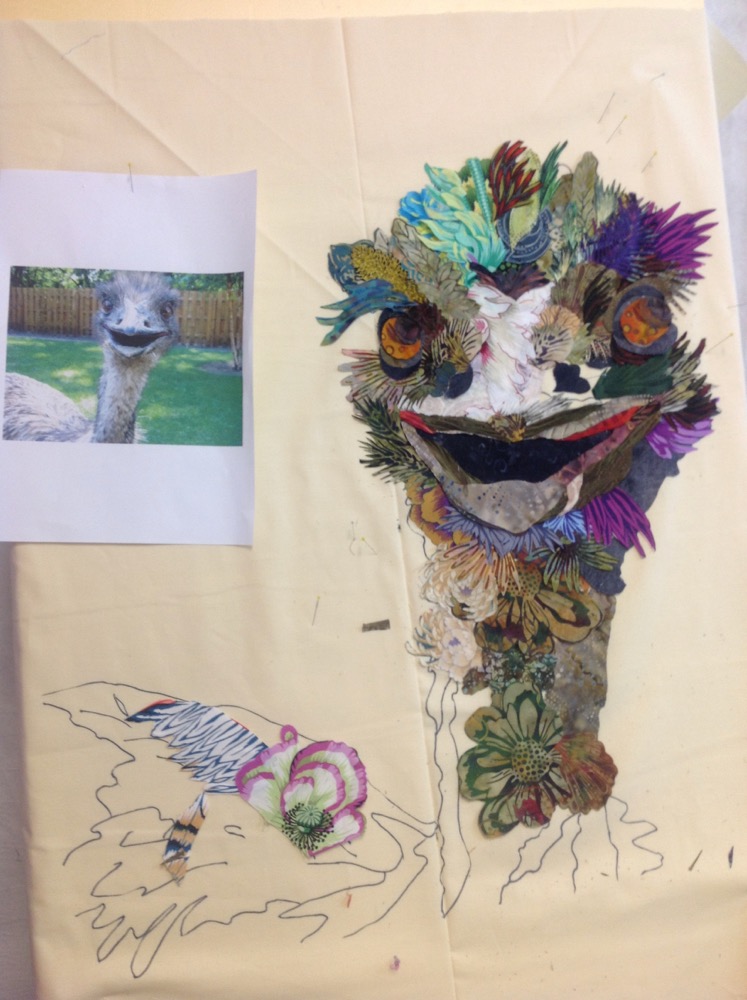



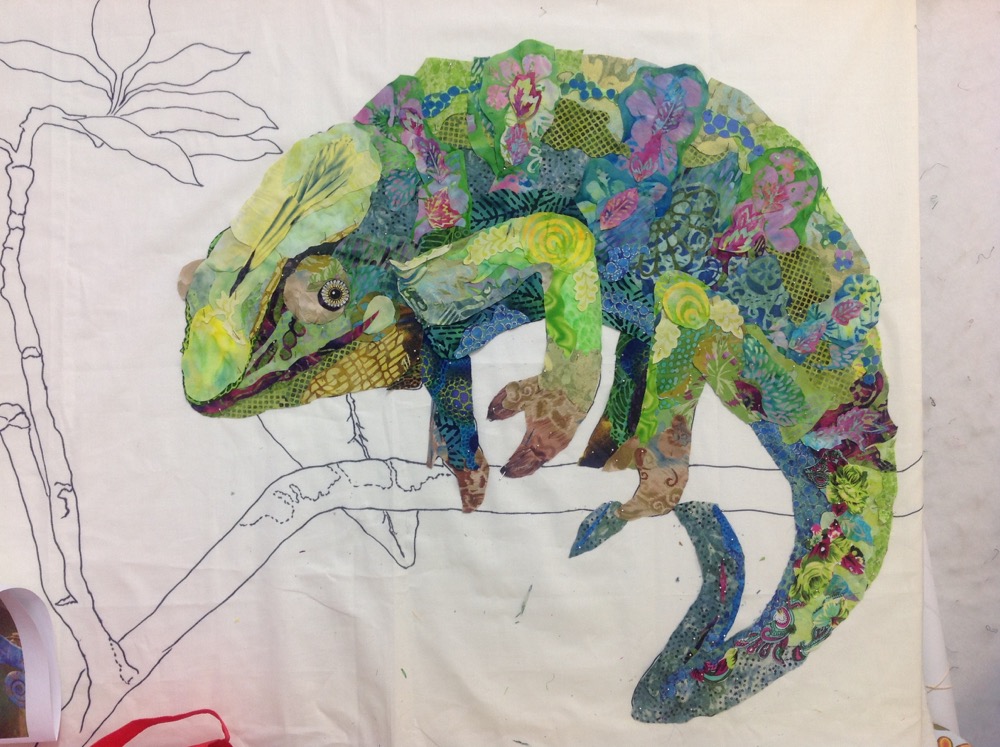

























































































































































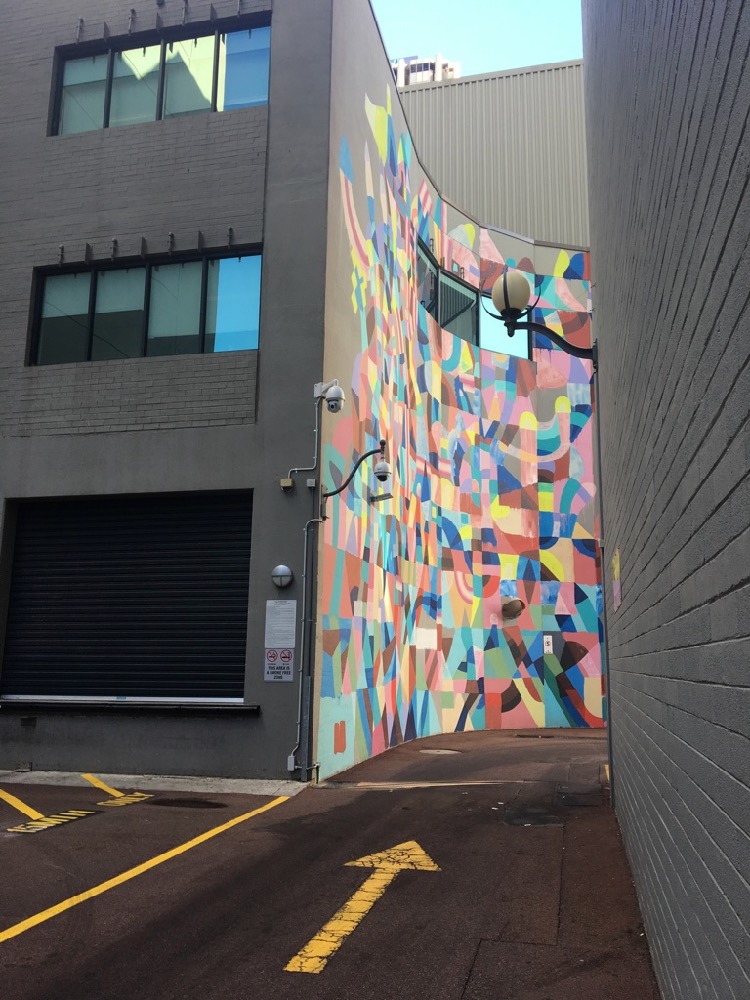



















































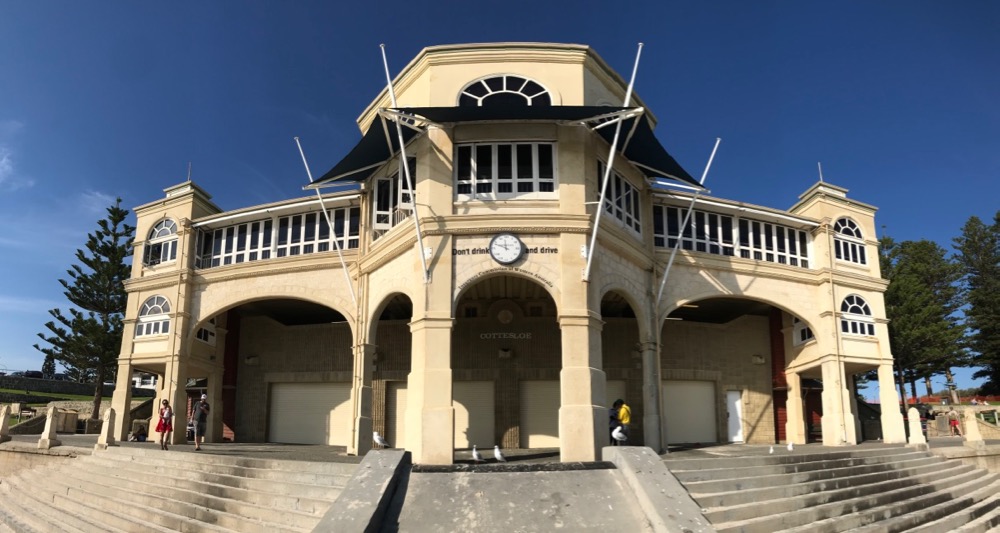























These are wonderful! Im ready for another of your workshop’s, Susan!
Thanks for all the interesting commentary about views of the sites you visited as well as the class members’ results from working with their wonderful tutor!
Bloody Brilliant Blog!
That was the most amazing post I’ve ever read. Thank you for the time it took to post the classwork and time shots. I loved seeing the different projects in progress. The tour of Perth was priceless! Now I want to be a teacher (tutor) and travel! Great, great work!
Thank you so very very much for all of the pictures and videos. I have visited Australia although I have not been to Perth and I loved it so much. Your pictures brought back many wonderful memories.
I thoroughly enjoyed this post! Sounds like a wonderful time. My hubby and I went to Australia in 2011 to visit his sister who lives in Melbourne and we made a plane trip to Uluru or Ayer’s Rock. Wonderful trip I will never forget, but try to forget the plane ride to and from!
Ab Fab post Susan. Thank you for giving so much of your time to “the” most interesting and informative posts. Now I want to go to Perth!
Thanks for sharing your memories of Perth, Susan. I had a fabulous time in your class, and Iggy Marley (the Jamaican Iguana) is now at home on my design wall, waiting for me to decide on how I’ll do his background.
It looks like a wonderful time; wish I could have travelled with you!!!
This made me laugh, Michelle is hilarious but she is teaching you vernacular Australian that maybe should not be said in polite circles. Good luck if you ever meet the queen Susan.
Oh My! There is another less sanitary definition of ‘Bugger’ that Michelle didn’t mention…😮
Hi Susan. I recently bought Serendipity Quilts as I have just started experimenting with collage quilts. I am so excited to creat. I made an Emu (I live in Western Australia) and am now creating a fish. I will do your examples in the book to gain more confidence. You are an inspiration. Warm Regards. Susan Looby
Fantastic work ladies!